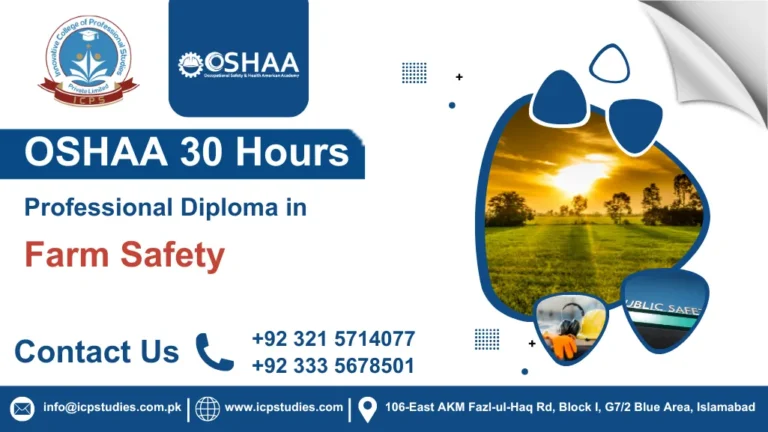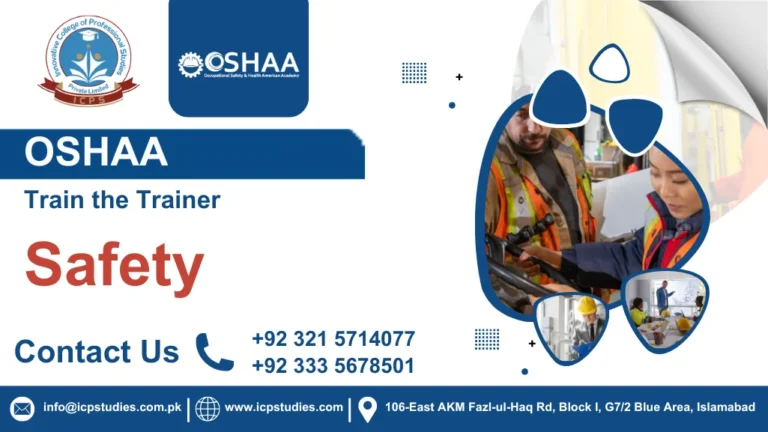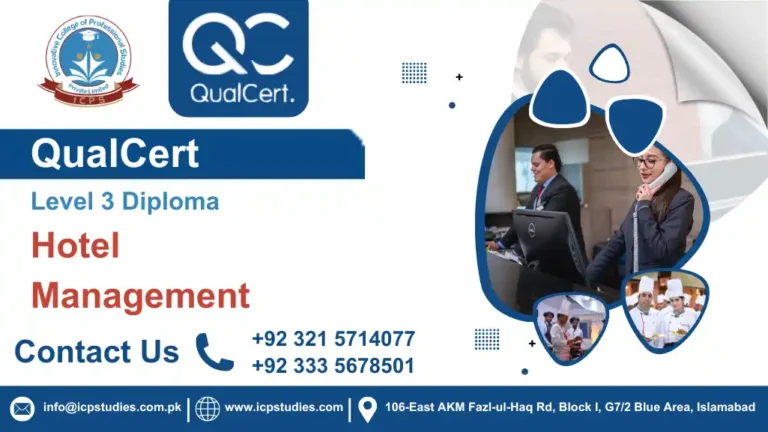The OSHAA 30-Hours Professional Diploma in Radiography is a focused and career-oriented qualification designed to introduce learners to the core principles and practices of diagnostic imaging. Tailored for aspiring radiographers and healthcare professionals, this programme provides foundational knowledge and practical skills essential in modern medical imaging environments. This diploma offers a comprehensive understanding of radiographic techniques, equipment operation, patient positioning, safety protocols, and image evaluation. The course integrates theoretical learning with practical exposure, ensuring students gain the confidence to work within clinical settings or further their studies in radiography and related disciplines.
The OSHAA 30-Hours Diploma in Radiography is ideal for individuals looking for a concise yet effective entry point into the medical imaging field. With a blend of professional instruction, practical modules, and UK-standard curriculum, learners benefit from both academic and real-world exposure. It is a time-efficient way to explore radiography as a career while gaining recognised certification. This OSHAA 30-Hours Professional Diploma in Radiography course has been crafted to provide you with an in-depth understanding of radiographic procedures, patient safety, imaging techniques, and the ethical considerations involved in medical imaging.
The OSHAA 30-Hours Professional Diploma in Radiography serves as a valuable introduction to the field of diagnostic imaging. It bridges the gap between academic knowledge and clinical practice, preparing learners for future advancement in a rapidly growing healthcare sector. The field of radiography is dynamic and continually evolving, with new technologies and techniques being introduced regularly. Whether you’re starting a career in radiography or seeking to enhance your existing qualifications, this course is designed to meet your educational needs.
OSHAA 30-Hours Professional Diploma in Radiography
Course Overview
The OSHAA 30-Hours Professional Diploma in Radiography is a concise and targeted training programme designed to equip learners with essential knowledge of diagnostic imaging practices. It introduces students to the principles of radiographic science, patient positioning, radiation safety, and the operational use of imaging equipment commonly found in clinical environments.
This OSHAA 30-Hours Professional Diploma in Radiography focuses on developing practical skills alongside theoretical understanding, enabling learners to handle radiography equipment safely, assist in imaging procedures, and follow proper patient care protocols. The curriculum aligns with UK healthcare standards, ensuring learners gain relevant and up-to-date competencies.
The OSHAA 30-Hours Professional Diploma in Radiography is Ideal for individuals beginning their journey in healthcare or looking to enhance their existing support roles, this course provides a strong foundation in radiography. It serves as a gateway to further specialisation or employment in diagnostic imaging departments, clinics, and hospitals.
Whether you’re an aspiring radiographer or a healthcare assistant seeking to expand your expertise, the OSHAA 30-Hours Professional Diploma in Radiography offers a flexible and career-oriented learning path to enter the world of medical imaging with confidence.
Study Units
- Introduction to Radiography and Medical Imaging
- Radiation Physics and Safety
- Radiographic Procedures and Techniques
- Patient Positioning and Image Quality
- Anatomy and Physiology in Radiography
- Patient Care and Communication
- Radiography Equipment and Technology
- Ethical and Legal Considerations in Radiography
To enrol in the OSHAA 30-Hours Professional Diploma in Radiography, applicants must meet the following entry criteria:
Minimum Age
Applicants must be at least 18 years of age at the time of registration.
Educational Background
A minimum of secondary school education (Matriculation or O-Level) is required. Preference may be given to candidates with a background in science subjects such as Biology, Physics, or Chemistry.
Work Experience
No prior work experience is required. However, individuals currently working in healthcare or support roles in clinical settings may find the course particularly beneficial.
Language Proficiency
Candidates must possess a basic understanding of English, as the course content and instruction are delivered in English. Proficiency in reading, writing, and understanding medical terminology is essential for successful participation.
The OSHAA 30-Hours Professional Diploma in Radiography is designed for a wide range of individuals who are interested in entering or advancing within the field of diagnostic imaging. Intended learners include:
- Aspiring healthcare professionals who wish to explore a career in radiography or diagnostic imaging.
- Recent school leavers or graduates from science streams looking for a foundational course in medical imaging.
- Healthcare assistants, technicians, or support staff seeking to enhance their skills and broaden their responsibilities.
- Individuals planning to pursue further qualifications or higher education in radiography or related healthcare disciplines.
- Career changers aiming to transition into the healthcare sector with a focus on diagnostic services.
This course is ideal for anyone looking for an accessible, professionally structured introduction to radiographic science and clinical imaging practices.
Learning Outcomes
Introduction to Radiography and Medical Imaging
- Understand the role of radiography in modern healthcare.
- Identify various medical imaging modalities and their uses.
- Describe the historical development and significance of radiographic techniques.
Radiation Physics and Safety
- Explain the basic principles of radiation and its interaction with matter.
- Apply essential radiation protection measures for patients and staff.
- Understand regulations and safety standards in radiographic practice.
Radiographic Procedures and Techniques
- Demonstrate knowledge of standard radiographic procedures.
- Recognise appropriate techniques for different anatomical regions.
- Identify best practices to obtain accurate and diagnostic-quality images.
Patient Positioning and Image Quality
- Perform correct patient positioning for common radiographic exams.
- Evaluate the impact of positioning on image quality.
- Apply techniques to minimise repeat exposures and optimise imaging results.
Anatomy and Physiology in Radiography
- Identify key anatomical structures relevant to diagnostic imaging.
- Understand the physiological functions of major body systems.
- Relate anatomical knowledge to radiographic positioning and interpretation.
Patient Care and Communication
- Demonstrate effective communication with patients and colleagues.
- Apply patient care techniques to ensure comfort and cooperation.
- Understand cultural sensitivity and confidentiality in clinical settings.
Radiography Equipment and Technology
- Describe the components and functions of radiographic equipment.
- Understand digital imaging systems and image processing techniques.
- Perform routine equipment checks and identify basic technical issues.
Ethical and Legal Considerations in Radiography
- Understand ethical responsibilities in patient care and image handling.
- Identify legal standards and professional codes of conduct in radiography.
- Apply principles of informed consent and patient confidentiality.
FAQs OSHAA 30-Hours Professional Diploma in Radiography







